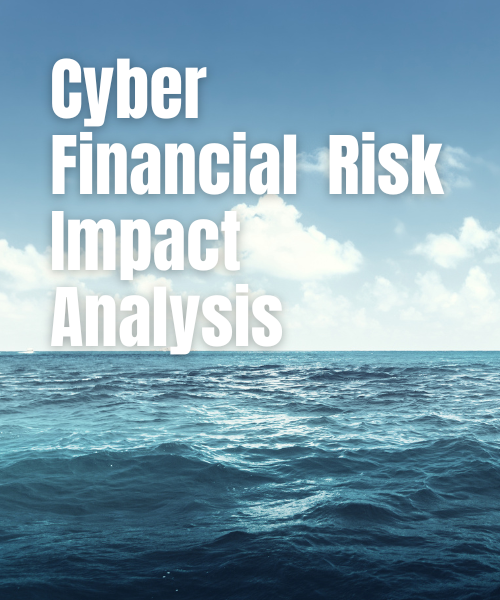September 23, 2025

Cybersecurity is no longer a technical discussion. It’s a financial one.
Businesses of all sizes are asking the same question: “How much risk are we actually carrying?”
Cyberattacks, data breaches, and ransomware events carry hard costs. Yet, most organizations only measure their investment in cybersecurity by what they spend on tools or vendors. Very few take the next step to evaluate what a successful attack would cost them in return.
This is where a Cyber Financial Risk Impact Analysis becomes essential. It helps bridge the gap between IT and leadership by translating technical vulnerabilities into business risk measured in dollars.
At Cyber Solutions, we offer Cyber Financial Risk Impact Analyses as part of our commitment to helping clients make smarter, data-driven decisions. In this blog, we’ll explain what the analysis includes, why it matters, and how it helps you protect your organization from costly blind spots.
A Cyber Financial Risk Impact Analysis is a structured assessment that calculates the financial consequences of a cyberattack on your organization. It connects your infrastructure, operations, and digital assets to real business outcomes such as revenue loss, recovery costs, compliance penalties, and reputational damage.
This is not a technical audit. It is a business risk evaluation that puts cyber threats in terms that make sense to executive leadership and board members.
The analysis answers questions like:
Too often, business owners and executives are asked to approve cybersecurity tools or services without understanding the real stakes.
If your internal IT team or external provider tells you that you need better EDR, faster patching, or stronger access controls, your first question might be: Why?
A Cyber Financial Risk Impact Analysis gives you the answer with numbers. It lets you understand:
Without this clarity, decision-makers may approve the wrong projects, overlook critical vulnerabilities, or decline important investments due to lack of financial context.
Our process is tailored to your industry, size, and complexity. But every engagement follows a proven framework that includes:
We start by identifying your critical systems, tools, and data assets. This includes:
We then tie each asset to the business functions that depend on it, creating a map of potential failure points.
Not all systems carry the same level of risk. We evaluate:
Each category is scored and prioritized.
We use your business metrics to model what specific events would cost you. For example:
This helps turn “what if” scenarios into concrete financial realities.
We build realistic threat models based on your environment and industry. These simulations include:
Each scenario is assigned a financial impact estimate based on industry data and case studies.
Next, we evaluate the tools and controls you already have in place. We check for:
We document which controls are missing, partially deployed, or misconfigured.
The end result is a comprehensive report that includes:
You will walk away with a clear picture of what’s at stake and what to do about it.
Cyber insurance carriers are asking for this level of detail. Regulators are expecting more from your documentation. And ransomware groups are becoming more advanced and more targeted.
Understanding the financial side of cyber risk allows your business to:
Our team blends technical knowledge with business insight. We have seen firsthand how small gaps lead to major damage, and we have helped companies recover from ransomware, email compromise, and compliance failures.
We use that experience to help your business avoid costly mistakes and operate from a position of strength. Our Cyber Financial Risk Impact Analysis is not a sales pitch. It is a strategic tool designed to give your leadership clarity.
If you're a decision-maker who wants more than just a tool list or a firewall report, this assessment is for you.
Let us show you what your current exposure looks like and what it could cost.
Schedule a Cyber Financial Risk Impact Analysis today:
https://discovercybersolutions.com/contact-us/